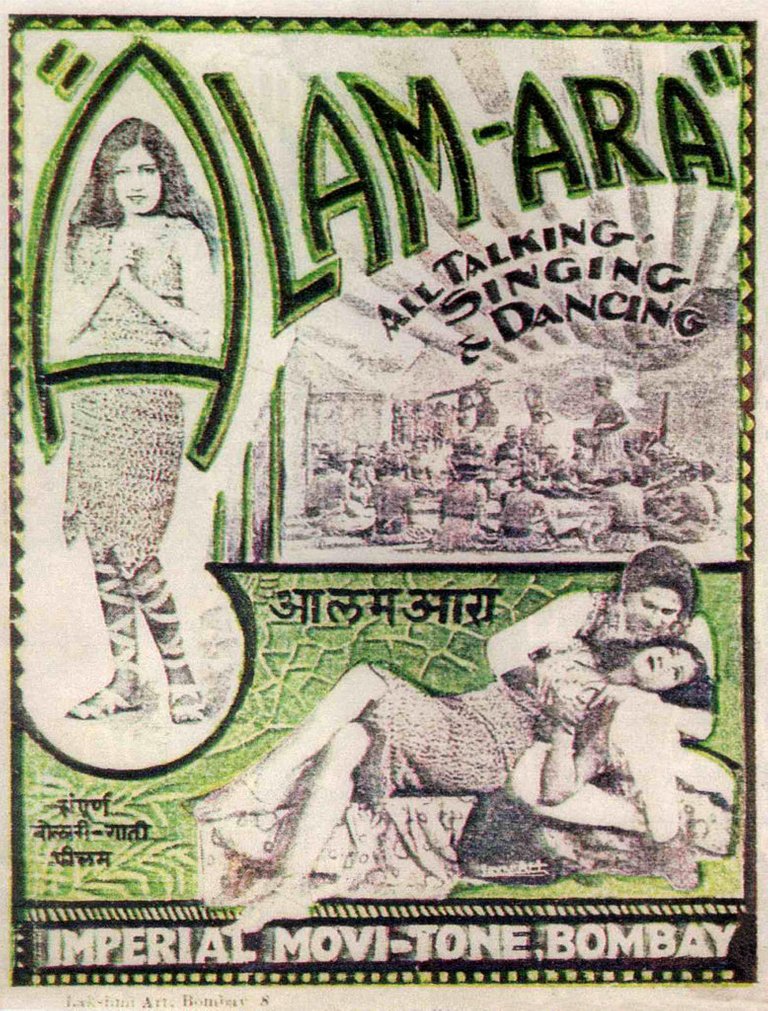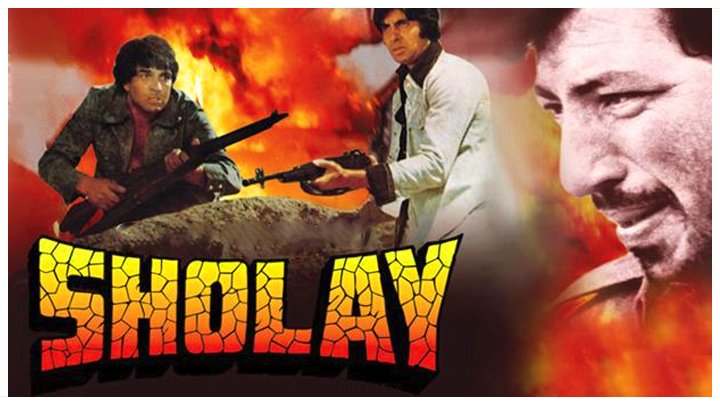Beginning of bollywood
Father of Indian Cinema, Dadasaheb Phalke released the first ever full-length feature film ‘Raja Harishchandra’ in 1913. The silent film was a commercial success. Dadasaheb was not only the producer but was also the director, writer, cameraman, editor, make-up artist and art director. Raja Harischandra was the first-ever Indian film which was screened in London in 1914. Though Indian Cinema’s first mogul, Dadasaheb Phalke supervised and managed the production of twenty three films from 1913 to 1918, the initial growth of the Indian Film Industry was not as fast as that of Hollywood.
Numerous new production companies emerged in the early 1920s. Films based on mythological and historical facts and episodes from Mahabharata and Ramayana dominated the 20s but Indian audiences also welcomed Hollywood movies, especially the action films.
Beginning of the Talkies
The first ever talkie ‘Alam Ara’ by Ardeshir Irani was screened in Bombay in 1931. It was the first sound film in India. The release of Alam Ara started a new era in the history of Indian Cinema. Phiroz Shah was the first music director of Alam Ara. The first song which was recorded for Alam Ara in 1931 was ‘De de khuda ke naam par’. It was sung by W.M. Khan.

Thereafter, several production companies emerged leading to an increase in the release of the number of films. 328 films were made in 1931 as compared to 108 in 1927. During this time, huge movie halls were built and there was a significant growth in the number of audiences.
During the 1930s and 1940s many eminent film personalities such as Debaki Bose, Chetan Anand, S.S. Vasan, Nitin Bose and many others emerged on the scene.
Birth of a New Era
The number of films being produced saw a brief decline during the World War II. Basically the birth of modern Indian Film industry took place around 1947. The period witnessed a remarkable and outstanding transformation of the film industry. Notable filmmakers like Satyajit Ray, and Bimal Roy made movies which focused on the survival and daily miseries of the lower class. The historical and mythological subjects took a back seat and the films with social messages began to dominate the industry. These films were based on themes such as prostitution, dowry, polygamy and other malpractices which were prevalent in our society.
In the 1960s new directors like Ritwik Ghatak, Mrinal Sen, and others focused on the real problems of the common man. They directed some outstanding movies which enabled the Indian film industry to carve a niche in the International film scenario.
The 1950s and 1960s are considered to be the golden age in the history of the Indian cinema and saw the rise of some memorable actors like Guru Dutt, Raj Kapoor, Dilip Kumar, Meena Kumari, Madhubala, Nargis, Nutan, Dev Anand, Waheeda Rehman, among others.
The golden Era
The 1970s saw the advent of Masala movies in Bollywood. The audiences were captivated and mesmerised by the aura of actors like Rajesh Khanna, Dharmendra, Sanjeev Kumar, Hema Malini, and many others.
Sholay, the groundbreaking film directed by Ramesh Sippy, not only got international accolades but also made Amitabh Bachchan a ‘Superstar’.
Several women directors like Meera Nair, Aparna Sen and others showcased their talents in the 1980s. How can we forget the extraordinary and splendid performance of Rekha in the film Umrao Jaan in 1981.
The 1990s saw a whole new batch of actors like Shah Rukh Khan, Salman Khan, Madhuri Dixit, Aamir Khan, Juhi Chawla, Chiranjivi, and many more. This new genre of actors used new techniques to enhance their performances which further elevated and upgraded the Indian Film Industry. 2008 was a notable year for the Indian film industry as A.R. Rahman received two academy awards for best soundtrack for Slumdog Millionaire.
Indian cinema has become a part and parcel of our daily life whether it is a regional or a Bollywood movie. It has a major role to play in our society. Though entertainment is the key word of Indian cinema it has far more responsibility as it impacts the mind of the audiences.
Hi! I am a robot. I just upvoted you! I found similar content that readers might be interested in:
https://www.mapsofindia.com/my-india/history/history-of-indian-cinema
Congratulations @neerajbhandari01! You received a personal award!
You can view your badges on your Steem Board and compare to others on the Steem Ranking
Vote for @Steemitboard as a witness to get one more award and increased upvotes!